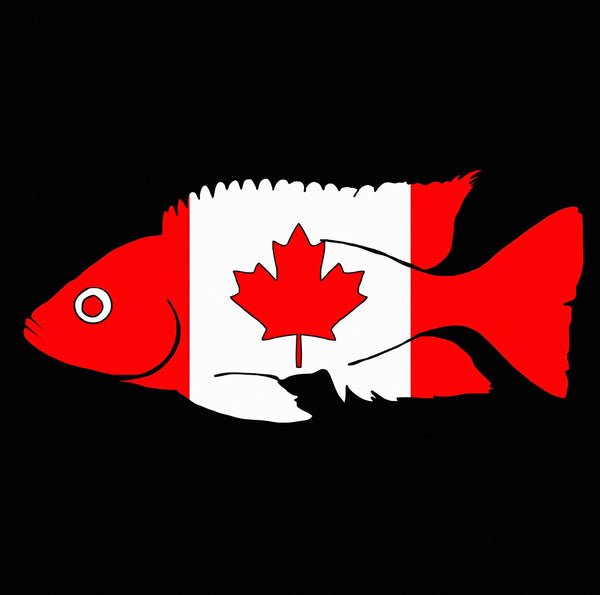SKU:CSA1769B
GERMAN BLUE RAM BALLOON (Mikrogeophagus ramirezi .sp)
GERMAN BLUE RAM BALLOON (Mikrogeophagus ramirezi .sp)
Out of stock
Couldn't load pickup availability
Between their iridescent colors and confident personality, German blue ram cichlids are one of the most striking freshwater fish in the aquarium hobby. When you see a healthy ram in breeding condition, almost every hue of the rainbow is displayed. In this article, we interviewed master breeder Dean to share his decades of experience in keeping, breeding, and raising this amazing dwarf cichlid.
What are German Blue Rams?
Mikrogeophagus ramirezi is a South American dwarf cichlid that goes by many common names, including ram cichlid, blue ram, German blue ram, butterfly cichlid, and Ramirez’s dwarf cichlid.
Where do blue rams come from? Contrary to the name, ram cichlids originate from the Orinoco River basin in Colombia and Venezuela. The name “German blue” refers to a color variation of the ram cichlid that was selectively bred in Germany and became popularized worldwide in the aquarium trade.
What are the different types of ram cichlids? In terms of body shape, there are regular, long fin, and balloon rams on the market. The most common color varieties include German blue rams, gold rams, and electric blue rams. A black version of the ram cichlid has been developed recently but is still difficult to find.
Most beginners aren’t aware that the most critical component of their husbandry involves keeping blue rams at high temperatures, ideally between 84-86°F (29-30°C). If you want to add live aquarium plants to their tank, make sure they can tolerate the hot water. Rams also like to dig, so you may want to choose plants like java fern and mosses that don’t need substrate and can be attached to rocks and driftwood.
Good water quality is also essential. Give them partial water changes at least once a week because they need plenty of fresh, clean water and are quite intolerant of ammonia and other toxins. Allowing the water quality to dip can lead to illness and potentially death. As for water chemistry parameters, rams are fairly adaptable to a wide range of pH levels, but they do better in soft water or low GH conditions. If you have hard tap water, consider diluting it with some RODI (reverse osmosis de-ionized) water or adding Indian almond leaves and driftwood to help soften the water.
How many blue rams should be kept together? A pair of rams can live in a 20-gallon community tank or in a 10-gallon breeding tank with no other fish. If you wish to keep two pairs of rams, increase the aquarium size to 40 gallons so that each set has enough territory. Give the rams several places to hide from each other in case one decides he wants to be the tank boss.
Can blue rams live alone? Yes, if you have an overly aggressive individual that doesn’t play well with others, he may be happier by himself as the leader of a community aquarium without any fellow dwarf cichlids.
Are rams peaceful fish? Like many cichlids, blue rams can be a bit feisty if the fish tank is too small or they are tending their eggs. However, they are relatively peaceful and are often kept in a community aquarium with other similar-sized fish that enjoy the same water parameters.
Share


